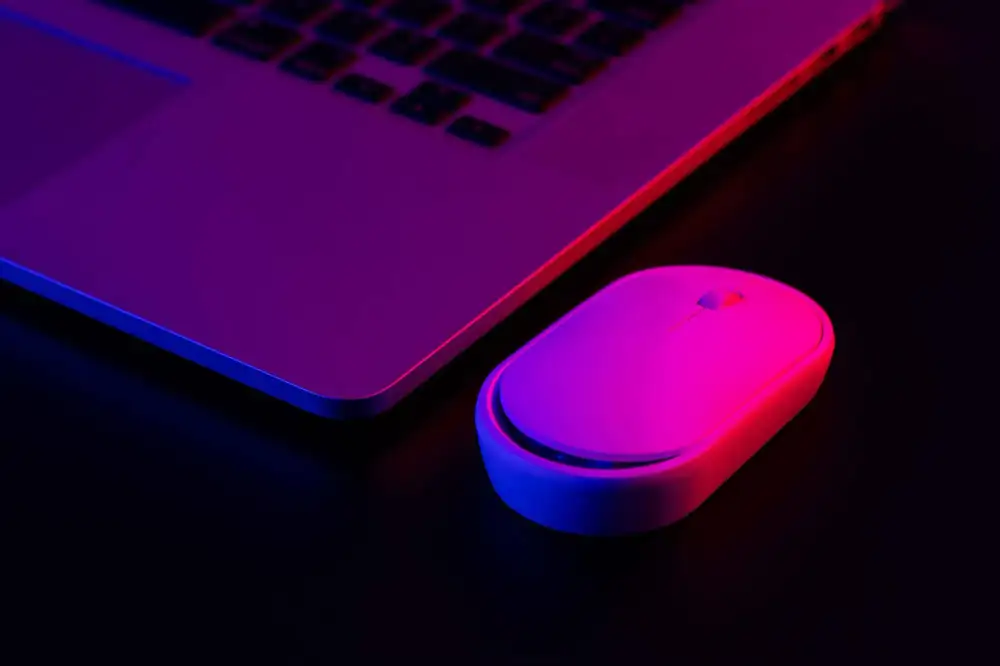🏅 How Technology Is Changing the Olympics in 2025
The Olympic Games are the pinnacle of global sports, showcasing elite athleticism and international unity. But in 2025, they're not just about physical prowess — they’re also a display of cutting-edge technology. From AI-assisted coaching to smart stadiums, the Olympics in 2025 are more innovative than ever before.
Let’s explore the groundbreaking technologies reshaping the modern Olympics.
1. AI-Powered Athlete Training
In 2025, athletes rely heavily on AI tools to prepare for the Olympics. These tools analyze biomechanics, motion patterns, and physiological data to fine-tune every aspect of performance.
Example: AI recommends adjustments to an athlete’s stride to increase sprint speed by microseconds — a difference that could mean gold or silver.
Why it matters: Provides a data-backed edge in ultra-competitive events.
2. Wearable Tech and Real-Time Monitoring
Smart wearables embedded in clothing and gear continuously track vitals such as heart rate, oxygen saturation, and hydration levels.
Example: Swimmers wear bio-trackers that alert coaches to fatigue before it affects performance.
Why it matters: Enables real-time coaching and injury prevention at the highest level.
3. Enhanced Broadcast with Augmented Reality (AR) and 3D Visualization
Spectators around the world now experience Olympic events through augmented reality overlays and 3D data visualizations.
Example: Viewers can follow a gymnast’s performance with instant score breakdowns and trajectory animations.
Why it matters: Makes Olympic viewing more interactive and immersive, even for casual fans.
4. Smart Stadiums and Automation
Venues for the 2025 Olympics are equipped with IoT and automation systems to optimize lighting, climate, and energy use. Crowd control and safety are also managed through AI.
Example: Facial recognition systems speed up entry, and smart lighting adjusts in real-time based on weather conditions.
Why it matters: Enhances both athlete performance and spectator experience.
5. Robot Assistants and Service Automation
From multilingual robot guides to automated catering bots, robots are everywhere at the Olympic venues in 2025.
Example: Robot ushers help spectators find seats, restrooms, or even translate event details on the spot.
Why it matters: Improves accessibility and efficiency across Olympic infrastructure.
6. AI-Driven Judging and Scoring
Some sports now incorporate AI into their scoring systems to eliminate human bias and improve accuracy.
Example: In diving or gymnastics, AI assesses posture, entry angle, and execution to assist human judges.
Why it matters: Brings fairness, consistency, and transparency to judged events.
7. Digital Twin Technology for Athletes
Athletes now have digital replicas — or "digital twins" — that simulate and predict performance under various conditions.
Example: A runner tests different shoes or hydration strategies in a simulated Olympic race scenario.
Why it matters: Helps fine-tune preparations down to the smallest variable.
8. AI-Enhanced Drug Testing and Ethics Oversight
Advanced AI is also being used to detect performance-enhancing drug usage through behavioral and biometric anomalies.
Why it matters: Keeps the games fair and reduces the risk of false positives.
🌐 A Global Spectacle Powered by Innovation
The Olympics in 2025 aren’t just about breaking records — they’re about pushing the boundaries of what’s possible with technology. Whether you're in Tokyo, Toronto, or Tunis, the experience is smarter, faster, and more connected than ever before.
🏁 Final Thoughts
With AI, wearables, AR, and robotics playing key roles, the 2025 Olympics mark a new era in sports. These innovations don’t just enhance athlete performance — they elevate the entire Olympic experience for fans and organizers alike.
As we move forward, expect future Olympics to be even more data-driven, inclusive, and interactive.






